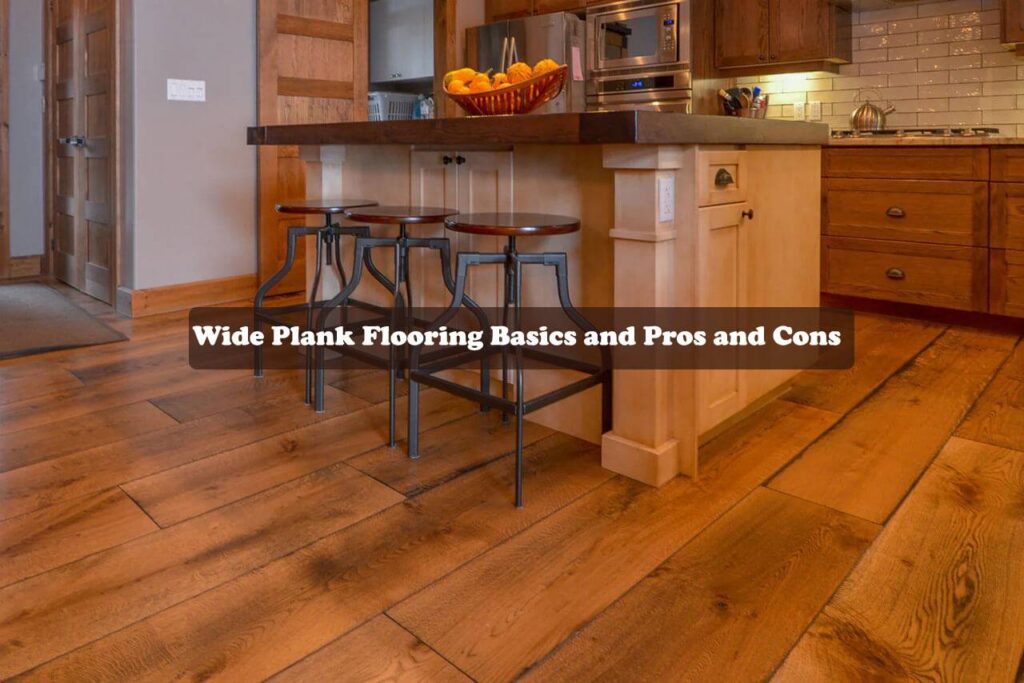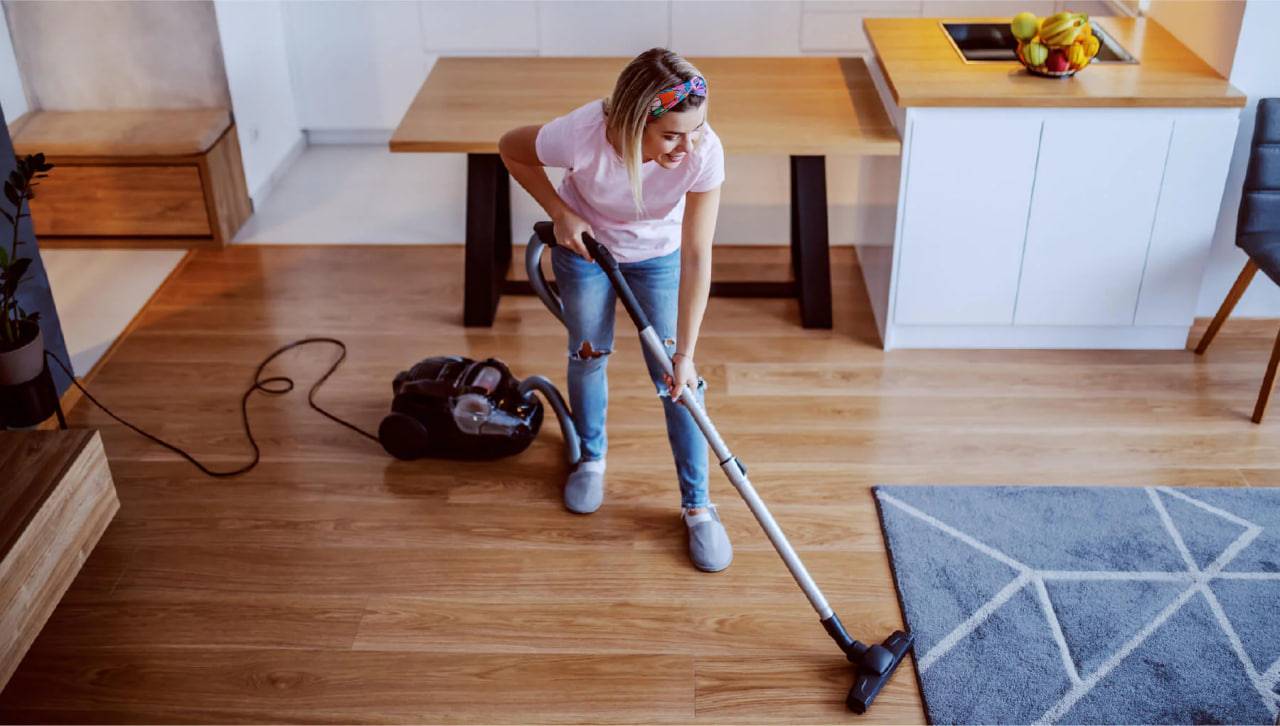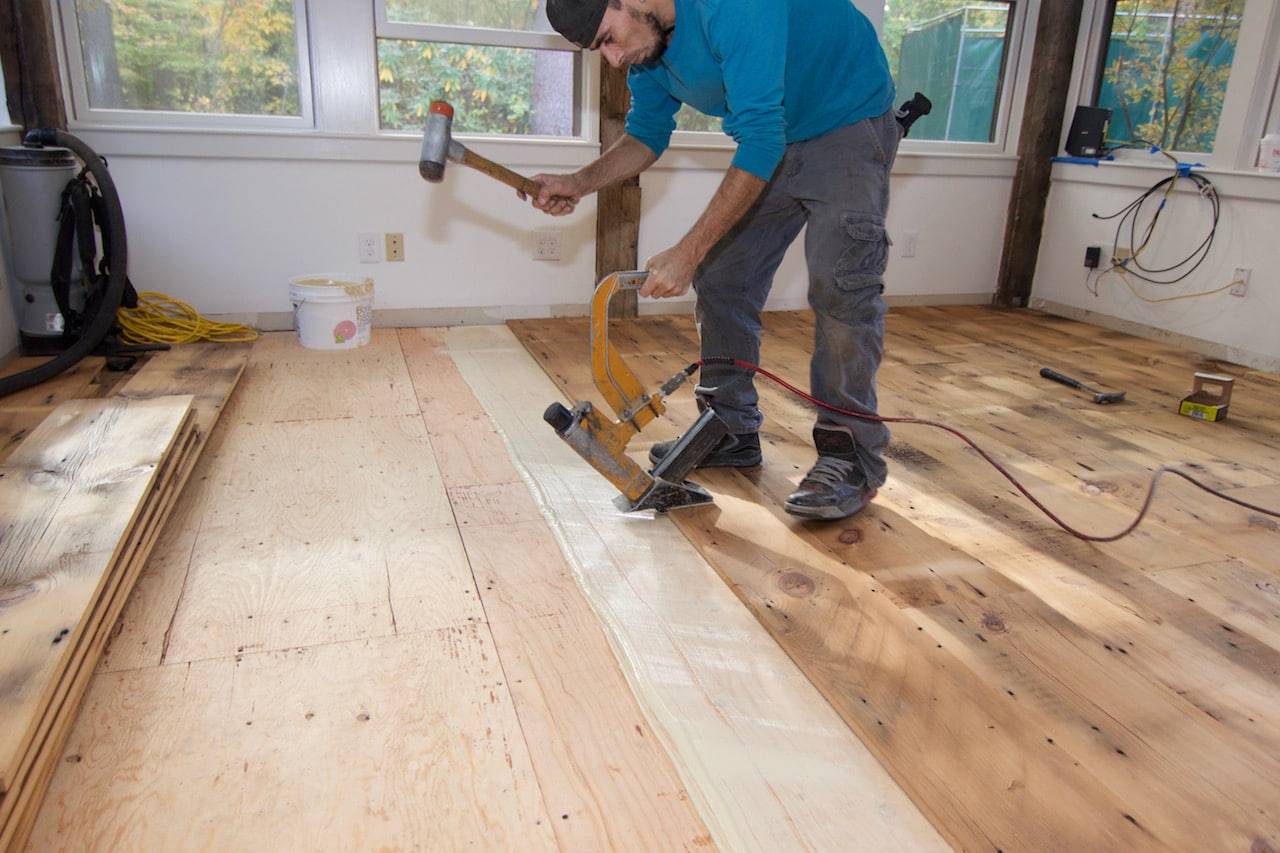Step inside a space infused with timeless elegance and classic character. Wide plank flooring offers more than just aesthetics; it’s an investment in warmth, history, and a unique touch of personality for your home.
These planks, often exceeding the standard 4-inch width, can be either salvaged from historic buildings like mills and factories or crafted anew. Regardless of origin, they bring a sense of natural charm and warmth to any space, creating a truly welcoming atmosphere.
Unveiling the World of Wide Plank Flooring
Beyond the standard wood flooring options lies a category known as “wide plank flooring.” This term signifies floorboards significantly broader than the typical 2.5- to 4-inch width, often ranging from 6 to even 20 inches. While modern trends favor wider planks in general, true wide planks carve out a distinct space.
Traditionally, wide plank flooring boasted a unique charm. Crafted from solid wood and hand-scraped, these vintage boards exhibited a rough-hewn surface texture. Today, reclaimed wood offers a chance to own a piece of history, preserving the character of these vintage planks. However, manufacturers cater to modern tastes as well, offering newly produced boards that capture the essence of the original distressed look. For a more contemporary touch, these new planks can also be finished smoothly.
The magic of wide planks, however, comes at a cost. Their exceptional width necessitates longer boards to maintain visual balance. This, combined with the limited number of suitable trees and the inevitable waste during milling, drives up the price compared to conventional flooring.
Solid planks beyond 10-20 inches become particularly rare, reflecting the scarcity of trees capable of producing such large lumber. Unlike branches often used in regular flooring, genuine wide planks are exclusively cut from the heartwood of the tree, further highlighting their unique nature.
While purists may insist on authentic wood for wide planks, the market has broadened its definition. Today, anything above 4 inches, even in materials like vinyl, laminate, or even ceramic tiles, can be labeled as wide plank flooring.
Maintaining the Beauty: Wide Plank Flooring Care and Design
Wide plank floors, while stunning, require specific care to maintain their beauty. Luckily, the routine is similar to most wood floors: immediate spill removal, no water or steam cleaning, and regular cleaning with a damp cloth and hardwood floor cleaner. Periodic resealing with polyurethane varnish ensures long-lasting protection.
Repairing these wide planks, however, presents a challenge. Due to their size, replacements are often necessary, and the process usually requires professional assistance. Similar to standard wood floors, wide planks can be sanded and refinished for rejuvenation. However, face-nailed installations can complicate this process.
Design Considerations
Not every home can embrace the grandeur of wide plank flooring. Its bold presence, especially in darker shades and distressed textures, often complements traditional or rustic styles. However, lighter shades with smooth finishes are finding their way into modern and contemporary spaces. Homes that celebrate natural elements, like Swedish-style interiors, particularly benefit from the visual appeal of wide planks.
Beyond aesthetics, wide planks offer a practical advantage: fewer seams. As Dan McMillan of Carlisle Wide Plank Floors puts it, “There’s not as much interruption of lines, and you can see the vertical grain better. It’s simply a floor for anyone who has respect for wood.”
Wide Plank Flooring Installation Process
Installing wide plank flooring, particularly reclaimed vintage planks, is best left to professional hands. Their expertise is crucial in dealing with issues like cupping, cracking, and ensuring gap-free installation. While new wide planks are slightly easier, their random-width layout still requires specialized skills most DIYers lack.
The installation method hinges on the board’s engineering:
- New wide planks: Featuring tongue-and-groove edges, these are installed similar to smaller planks, using finish nails strategically placed through the tongues.
- Reclaimed wide planks: Often lacking tongue-and-groove features, these get face-nailed down through the top into floor joists.
The industry has seen a shift towards pre-finished flooring, where planks are factory-finished before delivery. This caters to DIYers who prefer dry work (cutting and stapling) and avoids the hassle of messy chemicals.
However, site-finished flooring offers its own advantages:
- Seam-filling: Varnish applied on-site fills gaps between boards, offering better protection against moisture infiltration, a significant threat to wood flooring.
- Customization: Unfinished flooring allows for personalized touches and a more unique, handcrafted look compared to pre-finished options.
Ultimately, the choice between pre-finished and site-finished flooring boils down to personal preferences and priorities, while professional installation is highly recommended for wide plank flooring, especially reclaimed options.
Humidity and Wide Plank Floors: Finding the Perfect Match
While often admired for its beauty, wide plank flooring has gained a reputation for being sensitive to humidity changes. There’s some truth to this: wider planks are more prone to expansion and contraction compared to standard planks, which can lead to warping and cupping in environments with significant seasonal humidity fluctuations.
However, the story doesn’t end there. Manufacturers have addressed this concern by utilizing high-quality, kiln-dried wood, offering increased stability from the start. Industry leaders like Carlisle recommend investing in this top-tier material, as it can help wide planks perform well in diverse climates, including those that combine air and kiln-drying methods.
Despite advancements, maintaining stable humidity levels remains key for optimal performance. Wide planks installed in areas with consistent humidity, like the dry year-round climate of Arizona or the consistently humid Georgia coast, are less likely to face problems. Conversely, locations like Chicago, with drastic humidity shifts, might pose challenges. An ideal humidity range for wide plank flooring is considered to be between 28 and 48 percent.
Comfort-wise, wide plank floors offer the same experience as standard wood flooring. They are relatively warm underfoot due to the natural insulative properties of wood and provide good durability thanks to their hardness.
This revised version condenses the information, clarifies key points, and highlights the importance of choosing high-quality wood and maintaining stable humidity for optimal performance of wide plank flooring.
Where Wide Plank Flooring Shines: Choosing the Right Spaces
Wide plank flooring, while visually stunning, isn’t universally suitable for every room. Unlike some versatile flooring options, it’s typically reserved for specific areas:
Ideal Spaces:
- Living rooms: The grand presence of wide planks elevates the living room’s ambiance, creating a warm and inviting atmosphere.
- Dining rooms: These planks add a touch of sophistication and enhance the elegance of formal dining spaces.
- Hallways: Wide planks visually elongate hallways, making them feel more spacious and creating a sense of flow.
- Front entrances (foyers): As the first impression of your home, wide planks set a tone of timeless elegance and make a lasting impression.
- Bedrooms: In larger bedrooms, wide planks can add warmth and character while maintaining a sense of spaciousness.
Rooms to Consider:
- Bathrooms and kitchens: While rare, wide plank flooring can be found in historic homes in these areas. However, due to moisture concerns, most modern homes opt for different materials in these high-moisture environments.
Ultimately, the decision to install wide planks in specific rooms depends on your personal preference, the specific floor material, and the overall moisture levels in your home.
Conclusion
Wide plank flooring offers a unique blend of timeless elegance, historic charm, and natural warmth. From reclaimed vintage planks to modern, smooth finishes, these expansive boards can elevate the character of any space. While requiring specific care and professional installation for optimal results, the beauty and character they bring can be a lasting investment in your home.
FAQs
What are the benefits of wide plank flooring?
- Aesthetics: Wide planks create a visually striking and elegant look, adding warmth and character to your space.
- Durability: They are typically made from solid wood, offering lasting durability.
- Fewer seams: Compared to standard planks, they have fewer seams, creating a cleaner and more seamless visual flow.
Are there any drawbacks to consider?
- Cost: Wide plank flooring is generally more expensive than standard flooring due to the larger size and potentially higher quality materials used.
- Installation: Professional installation is highly recommended, especially for reclaimed planks.
- Moisture sensitivity: Wide planks are more susceptible to warping and cupping in environments with significant humidity fluctuations.
Where can I install wide plank flooring?
While not suitable for every room, wide planks work well in living rooms, dining rooms, hallways, foyers, and larger bedrooms. Kitchens and bathrooms are not ideal due to moisture concerns.
How do I care for wide plank flooring?
Regular cleaning with a damp cloth and hardwood floor cleaner is recommended. Avoid water or steam cleaning and promptly remove spills. Periodic resealing with polyurethane varnish helps maintain its beauty and protection.
Should I choose pre-finished or site-finished wide planks?
Pre-finished planks are convenient for DIYers, while site-finished offer the advantage of seam filling and customization. Ultimately, the choice depends on your preferences and priorities.




